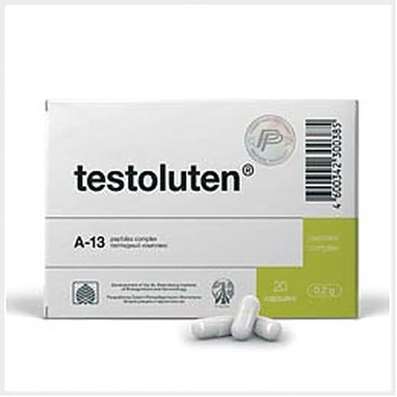Hepatitis
06 Aug 2018
Viral hepatitis is a group of viral anthroponoses, i.e. diseases transmitted from person to person. They differ in the mechanism of transmission and in the features of development, but are combined by the similarity of clinical manifestations, as well as hepatotropic pathogens. For the first time hepatitis as an infectious disease, which causes jaundice and damaging the liver, was described by SP Botkin in 1888. For a long time viral hepatitis bore his name. Now Botkin's disease is sometimes called viral hepatitis A, which in the people has another name - "disease of dirty hands." In 1973, WHO decided to divide viral hepatitis B and A. And those that differed from them, identified in a separate group "neither A nor B hepatitis", of which later isolated hepatitis C and E. To date, there are 7 viruses, which cause the same types of hepatitis: HAV (A), HBV (B), HCV (C), HDV or delta virus (D), HEV (E), HFV (F), HGV (G). But since there are no reliable markers of the last two types of disease, now these two options are classified as "neither A nor E". For sure, this is not a complete list of pathogens, other varieties will be discovered.

Viral hepatitis is widespread on Earth and ranks second after the flu in terms of the number of affected people. According to statistics, about 300 million people are infected with the hepatitis B virus.
For all viral hepatitis is characterized by the following symptoms:
- Cytolysis of hepatocytes, underlying the development of the disease and leading to a disruption of liver function.
- Cyclic flow:
- incubation period;
- pre-jaundiced;
- icteric;
- convalescent;
- residual phenomena.
- Leading clinical symptoms of hepatitis.
- Features of changes in biochemical parameters of blood.
- The natural involvement of other systems of organs in the process.
- The appearance of persistent immunity to the transferred form of hepatitis.
Symptoms of hepatitis
The clinical picture will depend on:
- type of hepatitis (for the virus-pathogen);
- duration: acute, chronic, protracted;
- the severity of clinical manifestations: manifest, subclinical, asymptomatic forms;
- flow pattern: cyclic, acyclic, recurrent;
- the severity of the process: light, heavy, moderate severity;
- presence of jaundice: icteric or jaundice;
- the nature of the pathological process in the liver: with the predominance of a cholestatic or cytolytic syndrome. And other factors.
The main signs of hepatitis are the presence of a virus in the blood, pain in the right upper quadrant, enlargement of the liver and spleen, increased transaminases and bilirubin in the blood, jaundice (with icteric forms), changes in urine and feces, symptoms of intoxication (fever, headache, arthralgia, malaise, weakness). (Heptral and Cyanocobalamin, layennec can cope with hepatitis).
The first signs of hepatitis can resemble the symptoms of the flu: a sharp increase in temperature, headache, joint pain, general weakness, decreased appetite. And then the clinic unfolds according to the type of disease and the form of the current. An early test that allows to diagnose viral hepatitis A is the detection of antibodies (immunoglobulins) against the hepatitis virus class M with the help of an enzyme immunoassay. For the diagnosis of viral hepatitis B, a blood test for antigens and antibodies is made, blood testing for the presence of markers of delta-virus infection, etc., is performed to determine hepatitis D.
Treatment of hepatitis
The approach to the treatment of viral hepatitis should be comprehensive. The main rule is to prescribe as few drugs as possible. This is due to the possible violation of their metabolism in the affected liver. The complex of therapeutic measures includes:
- mandatory diet, in severe cases, parenteral nutrition;
- detoxification;
- antiviral drugs, in particular interferons, if necessary antibiotics;
- desensitizing, enterosorbents;
- hepatoprotectors, vascular drugs; (Heptral, layennec)
- symptomatic therapy; (Phenotropil)
- vitamins; (Cyanocobalamin, Ascorbic acid)
- psychotherapy and other methods of treatment.
Prevention of hepatitis
Preventive measures include keeping sanitary standards and hygienic requirements for preparing food and processing medical equipment, examining donor blood and its preparations, injecting with disposable syringes, using condoms for sexual intercourse, vaccination and more.
Prevention of hepatitis also includes the early detection of patients, if necessary their isolation, quarantine measures in the foci of hepatitis transmitted by airborne droplets, the introduction of immunoglobulin to people in contact with patients, the exclusion of those who have recovered from viral hepatitis from among donors, etc.

 Cart
Cart





